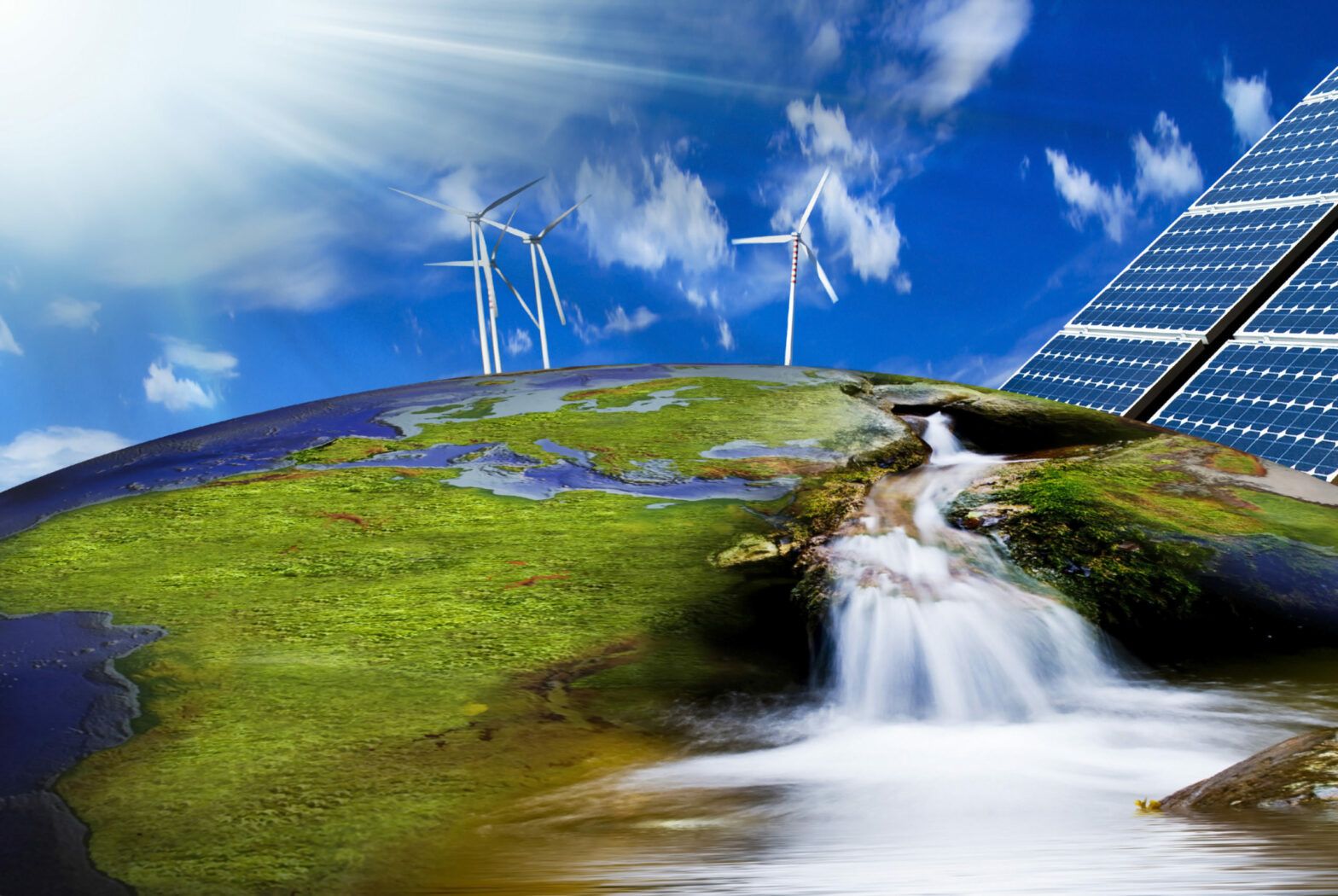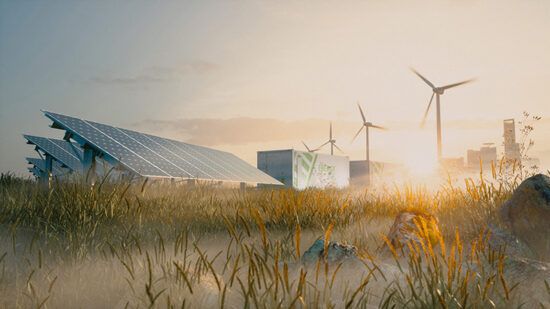COP26 has sharpened corporates’ and fund managers’ focus on net-zero targets meaning investors will be narrowing in on disclosures around carbon emissions with companies and supply chains in 2022.
Sustainable investment commentators told ESG Clarity investors no longer want to hear about net-zero plans in isolation, they want proof and evidence that companies are taking action.
See also: ESG Clarity‘s Guide to Cop26 and special COP26 Digital Magazine
“Investors, companies, and countries are now making net-zero targets the norm, and it would be reasonable to expect this trend to continue through 2022,” explained Jenny Anderson, co-head of Sustainable Investing and ESG at Lazard Asset Management. “Companies will need to move from target-setting to integrating climate action into their corporate strategy and subsequent dialogue with investors.”
Ambitious plans were set out at last year’s COP26 in Glasgow with many more countries committing to mitigating their carbon emissions, including China and India. The International Sustainability Standards Board (ISSB) was also unveiled at the summit, which will create a comprehensive global baseline of sustainability disclosures for financial markets.
Further announcements on this in the year ahead will be closely followed – with early drafts expected in the first half – while the rollout of Taskforce of Climate-related Financial Disclosure (TCFD), has also begun meaning investors can begin to measure and analyse data on firms’ climate impact more consistently.
See also: ISSB will be pivotal in achieving Paris Agreement
“Net zero will dominate the ESG conversation, given more disclosure (e.g. transition plans from issuers) and more scrutiny on greenwashing from regulators, investors and civil society,” said Rahil Ram, director at Fulcrum Asset Management, while Robeco has announced net-zero emissions will be a key engagement topic for the firm in 2022.
“The COP26 climate summit has again stressed the need to further increase engagement on net zero emissions for investors,” said Carola van Lamoen, head of sustainable investing at Robeco. “This engagement theme will be an expansion of the one launched in 2020, focusing on high carbon-emitting companies that have made some progress but are still lagging in their transition to net zero.”
However, others are not as optimistic we will see the fast-paced change needed to reach net zero by 2030.
Francesco Conte, co-manager JPM Climate Change Solutions Fund, said: “Climate change is one of the largest systemic challenges we face and addressing it will require input and change from every government, company and individual around the globe. And it will take meaningful investment and widespread innovation. But governments still appear reluctant to make the difficult decisions required to force change, as we learned from COP26, and we expect this will remain a key challenge for 2022.”
Danny Dekker, senior responsible investment advisor at Kempen Capital Management, agreed: “To really move the needle, we need global governments to come together and set an end-goal, such as ‘keeping 1.5°C alive’ in the climate realm, that will protect the world’s natural systems and which capital markets can work to deliver.”
That said, Conte added, there are opportunities and companies that stand to benefit from this transition. He pointed to those within themes such as electrification and infrastructure as having “companies that focus on providing solutions to enable emissions reduction across the economy”.
“Electrification, for example, is one of these promising areas and, importantly, is a climate change solution that’s currently available to us, with a number of cost competitive electrification technologies already helping to reduce the need for fossil fuels,” Conte said.
“Another area is the adoption of more intelligent buildings and the infrastructure supporting them. For example more efficient heating, better insulation and the use of connected LED lighting all represent substantial means of reducing emissions from buildings.”
Ben Yearsley, co-founder at Fairview Investing, agreed on the electrification point, highlighting that Schroders’ data finds annual clean energy capex stands at $32bn, but it needs to be $850bn to hit 2050 net-zero targets.
“Another way of looking at it is to say that we need to quintuple solar energy generation (and other forms of clean energy generation) by 2030 from 1000 GW of installed capacity today to 5000 GW to reach 2050 targets according to the IEA. Valuations are high in many areas, but this trend isn’t going away.
“Decarbonisation and electrification will be the dominant theme of the coming decade.”








